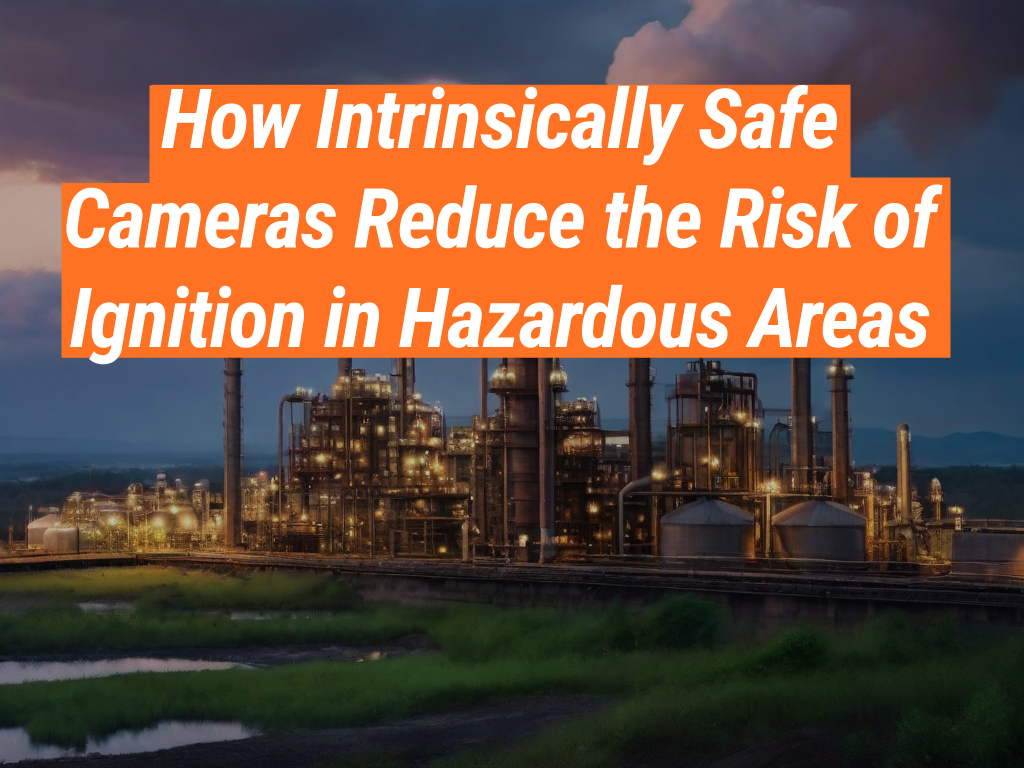When it comes to safety in hazardous areas, every precaution matters. One such precaution is the use of intrinsically safe cameras. These specialized devices, like those offered by Intrinsically Safe Store, are designed to prevent ignition in volatile areas. This article will delve into how these cameras work and why they are essential in high-risk settings. So, let’s explore the world of intrinsically safe cameras and their role in maintaining safety.
Understanding Intrinsically Safe Cameras
Intrinsically safe cameras are specifically designed to operate safely in hazardous areas where a single spark could lead to a catastrophic event. These cameras are engineered to limit the electrical and thermal energy to a level below what is required to ignite a specific hazardous atmospheric mixture.
The Importance of Intrinsically Safe Cameras in Hazardous Areas
In environments where flammable gases, dust, or fibers are present, using standard electronic equipment can pose a significant risk. A simple spark from a camera could ignite these materials, leading to an explosion. Intrinsically safe cameras, however, are designed to prevent such incidents.
Case Study: Oil and Gas Industry
Consider the oil and gas industry, where volatile gases are a constant presence. A study by the U.S. Chemical Safety Board found that between 1980 and 2005, there were 281 incidents resulting in 119 fatalities in the U.S. oil and gas industry due to ignition of flammable substances. The use of intrinsically safe cameras in such environments can significantly reduce these risks.
How Intrinsically Safe Cameras Work
Intrinsically safe cameras work by limiting the amount of energy available to a level that cannot ignite the hazardous atmosphere. This is achieved through various design and engineering techniques, such as:
- Limiting the electrical energy: The camera’s circuitry is designed to restrict the electrical energy to a safe level.
- Thermal management: The camera is designed to limit its operating temperature to prevent ignition.
- Sealed enclosures: The camera’s components are housed in a sealed enclosure to prevent any sparks or heat from escaping.
Choosing the Right Intrinsically Safe Camera for Hazardous Areas
When choosing an intrinsically safe camera, it’s essential to consider the specific hazards of your environment. Intrinsically Safe Store offers a wide range of cameras designed for various hazardous environments. Whether you’re working in an oil refinery, a chemical plant, or a grain silo, there’s a camera designed to meet your needs.
Intrinsically safe cameras play a crucial role in maintaining safety in hazardous areas. By limiting the electrical and thermal energy, these cameras prevent ignition and reduce the risk of catastrophic incidents. Whether you’re in the oil and gas industry, chemical processing, or any other hazardous environment, an intrinsically safe camera is an essential tool for maintaining safety.
Visit Intrinsically Safe Store today to explore a wide range of intrinsically safe cameras designed for various hazardous environments. For more information or assistance in choosing the right camera for your needs, don’t hesitate to contact us.



